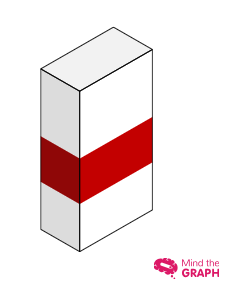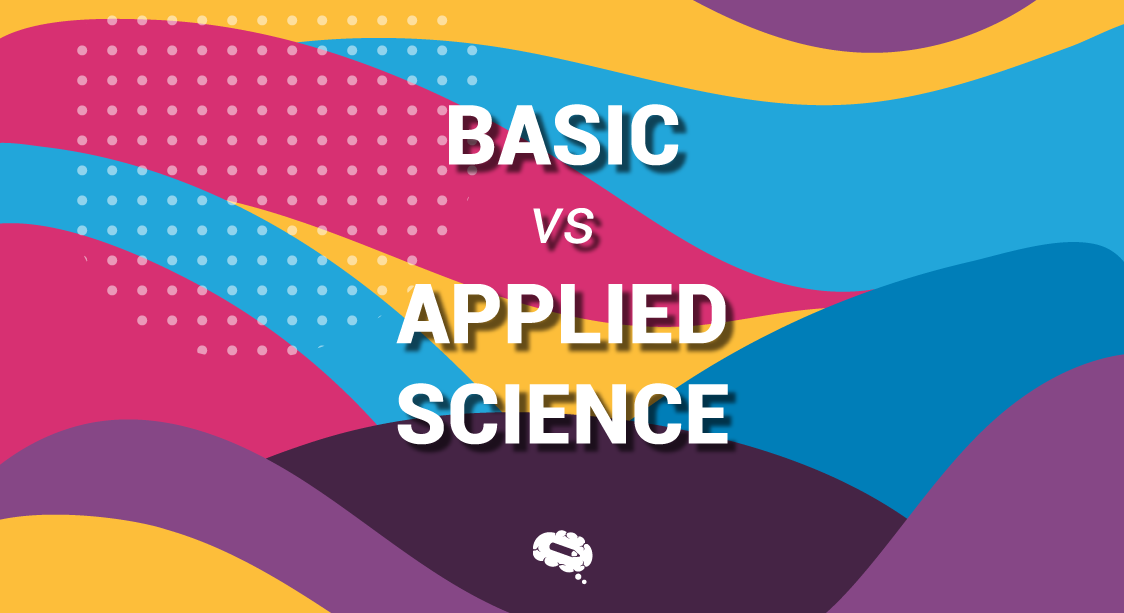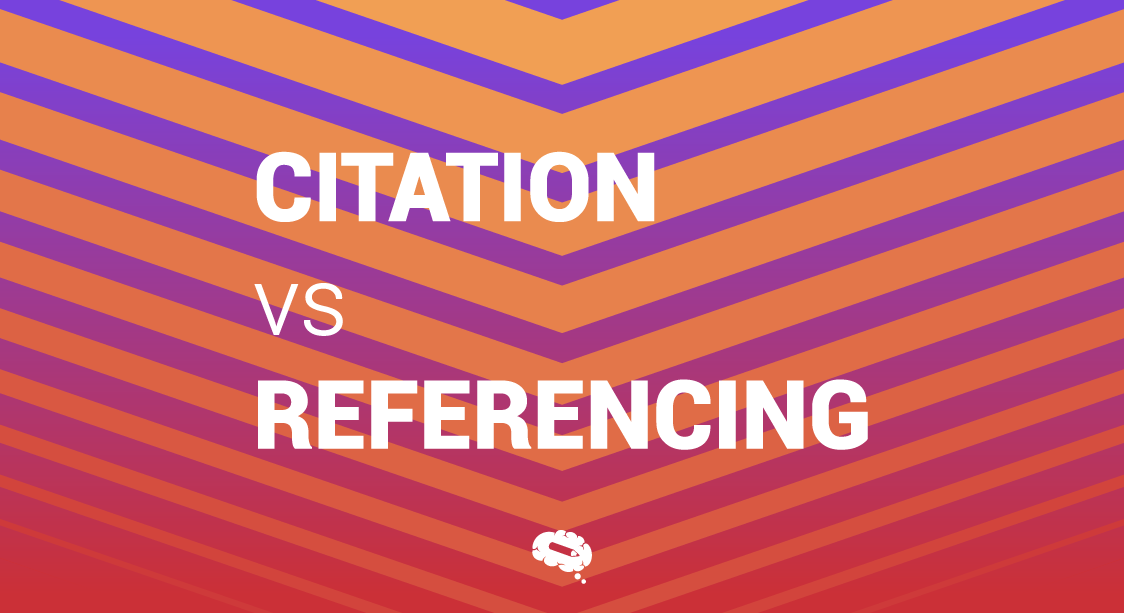The basic vs. applied science distinction in research has a significant impact on how we comprehend the world and how technology, society, and individual well-being advance. Exploring these approaches underlying differences and how they contribute to the ever-changing field of scientific knowledge is crucial to completely understand the significance of these approaches.
Basic and applied science, although seemingly distinct, are intricately interconnected, forming a symbiotic relationship that drives scientific progress. This interdependence allows us to harness their collective power, propelling scientific knowledge forward, fostering innovation, and tackling the challenges our world faces.
In this article from Mind the Graph, the differences between basic vs applied science will be explored in-depth, providing readers with a comprehensive understanding of these approaches. By gaining insights into their unique characteristics, readers can grasp the significance of their relationship and appreciate how they contribute to the advancement of scientific understanding and practical applications.
Definition of Basic and Applied Science
Basic Science
Basic science, also known as pure or fundamental science, is a branch of scientific inquiry that seeks to expand our knowledge and understanding of the fundamental principles and mechanisms underlying natural phenomena. It is driven by curiosity and the pursuit of knowledge for its own sake, rather than immediate practical applications.
Basic scientists conduct exploratory research, often employing theoretical models, conducting experiments, and making observations to uncover new insights, discover new phenomena, and propose theories. The findings of basic science lay the groundwork for future discoveries and advancements in various fields.
Applied Science
Applied science, also referred to as practical or technology-oriented science, is a branch of scientific inquiry that focuses on utilizing scientific knowledge and principles to address specific problems and practical challenges. It involves the direct application of scientific theories, techniques, and technologies to develop practical solutions that have real-world applications.
Applied scientists work towards bridging the gap between scientific knowledge and its practical implementation. They use the findings and theories derived from basic science to design, innovate, and improve products, processes, and systems in various fields, such as engineering, medicine, agriculture, and environmental sciences. Applied science aims to solve practical problems, meet societal needs, and drive technological advancements for the betterment of individuals and society as a whole.
Differences Between Basic vs Applied Science
To delve deeper into these key points and gain a comprehensive understanding of the differences between basic vs applied science, continue reading below.
Objectives
Basic science has a primary objective of expanding our understanding and knowledge of the fundamental principles and mechanisms that govern natural phenomena. It is centered around exploring the unknown, discovering new insights, and formulating theories that may not have immediate practical applications. The purpose of basic science is to contribute to the existing body of scientific knowledge and lay the groundwork for future discoveries.
On the other hand, applied science is primarily concerned with the practical application of scientific knowledge and principles to address specific real-world problems and challenges. It aims to utilize scientific findings to develop practical solutions and innovations that have tangible applications in various fields. The main goal of applied science is to solve practical problems, enhance existing technologies, and meet the needs and demands of society.
Outcomes
The outcomes of basic science primarily encompass theoretical advancements, resulting in the creation of novel concepts, theories, and models that deepen our comprehension of the natural world. Although these outcomes may not have immediate practical applications, they serve as the foundation for future progress and discoveries across diverse fields.
In contrast, the outcomes of applied science are tangible and practical in nature. They manifest as the development of products, technologies, and solutions that directly tackle specific problems and challenges. The focus of applied science outcomes is to make a direct impact on society, enhancing existing systems, and meeting practical needs in various domains.
Approach and Methodology
Basic science embraces exploratory research methodologies, such as theoretical models, laboratory experiments, and observations, to delve into fundamental principles and unearth novel insights. Driven by curiosity and the quest for comprehension, it grants researchers the liberty to traverse diverse paths of investigation.
In contrast, applied science adopts a targeted problem-solving approach. It applies established scientific knowledge and methodologies to tackle specific practical challenges. Applied scientists frequently employ experimental designs, engineering principles, and iterative processes to craft practical solutions and foster innovations.
Time Horizon
Basic science research is often characterized by an extended time horizon, driven by the objective of expanding fundamental knowledge and understanding. The outcomes and impacts of basic science research may require time to fully manifest and find practical applications in various fields.
On the other hand, applied science research typically operates within shorter time frames, emphasizing more immediate and tangible results. The primary aim is to swiftly develop practical solutions that can be implemented to address specific challenges or fulfill particular needs. The focus is on generating practical outcomes that have an immediate and direct impact.

Examples of Basic Science
Here are a few examples of basic science research:
- Particle Physics: Researchers undertake experiments at particle accelerators like the Large Hadron Collider (LHC) to learn more about the fundamental constituents of matter and the forces that control them.
- Genetics: Studying basic science, geneticists concentrate on understanding the complexities of DNA, genes, and inheritance.
- Quantum Mechanics: Physicists exploring the field of quantum mechanics investigate the fundamental properties and behavior of particles at the quantum level.
- Evolutionary biology: This field of research investigates the mechanisms and patterns of biological evolution. In order to comprehend the origins, diversity, and evolution of species over time, scientists investigate the processes of natural selection, adaptation, and speciation.
- Neuroscience: Neuroscientists engaged in basic science research aim to unravel the mysteries of the brain and the nervous system. They investigate the fundamental principles of neural development, cognition, perception, and behavior, enhancing our understanding of how the brain functions and paving the way for advancements in areas such as neurodegenerative diseases and brain-computer interfaces.
Examples of Applied Science

Here are a few examples of applied science research:
- Medical Research: Applied medical science focuses on developing new treatments, therapies, and medical technologies to improve patient care. This can involve studying potential new medications, medical equipment, and diagnostic instruments.
- Renewable Energy: Applied science in this area seeks to create practical methods for utilizing sustainable energy sources. This may entail studying solar panels, wind turbines, and energy storage systems.
- Agricultural Science: Applied agricultural science aims to enhance agricultural practices and productivity. Research on crop improvement, pest management, soil management, and the advancement of agricultural technologies can fall under this category.
- Materials Engineering: Applied science in materials engineering focuses on developing new materials with specific properties for various applications. This can involve research on composite materials, nanotechnology, and advanced manufacturing techniques.
- Environmental Science: Applied environmental science study identifies environmental problems and creates plans for the management of sustainable resources and the prevention of pollution. Research on water treatment, waste management, and environmental impact assessment are some examples of this.
Benefits of Basic and Applied Science
Both basic and applied science offers significant benefits and plays complementary roles in advancing scientific knowledge and societal progress.
Benefits of Basic Science:
- Expands fundamental knowledge and understanding: Basic science research explores the unknown and uncovers the underlying principles and mechanisms of natural phenomena, deepening our understanding of the world around us.
- Sparks innovation and unexpected discoveries: Basic science often leads to unexpected breakthroughs and discoveries that have the potential to drive technological advancements and spark new ideas in various fields.
- Provides a foundation for future advancements: The knowledge gained from basic science research serves as a solid foundation for future applied science research and practical applications, paving the way for further scientific advancements.
Benefits of Applied Science:
- Develops practical solutions to real-world problems: Applied science research focuses on addressing specific challenges and problems faced by society, aiming to develop practical solutions that directly improve human lives and meet societal needs.
- Creates immediate impact and improves quality of life: Applied science research translates scientific knowledge into tangible applications, leading to advancements in fields such as medicine, engineering, agriculture, and environmental conservation, which directly benefit society.
- Facilitates collaboration and implementation of solutions: Applied science often involves collaboration between scientists, engineers, industry experts, and policymakers, facilitating the translation of scientific knowledge into practical applications and enabling the implementation of solutions on a larger scale.
Join our fast-growing community to revolutionize scientific communication!
Join our fast-growing community to access innovative tools for creating captivating illustrations, infographics, presentations, and posters. From captivating illustrations and infographics to interactive presentations and posters, Mind the Graph offers a wide range of tools that simplify the process of sharing complex scientific information.


Subscribe to our newsletter
Exclusive high quality content about effective visual
communication in science.




